Vista Farm, A Certified Wildlife Habitat
Vista Farm is pleased to announce its designation as a Certified Wildlife Habitat by the National Wildlife Federation. Yeah! This designation is important in several ways: 1) it ensures that the critters on our farm are safe and welcome; 2) it tells visitors that we don’t mess around with poachers, general trespassers, or even invited guests who leave behind evidence of their presence such as lures, spent shells and cigarette butts; 3) it may encourage passers-by who see our sign to build and certify their own habitat even if it is limited to a lot in town.
So who is the National Wildlife Federation and what does a property need to become a certified habitat? Eighty years ago a group of sportsmen and conservationists met to create an organization that would further the protection of wildlife under what was at the time a very few federal laws aimed at wildlife management. Today the NWF advocates for clean water, recovering wildlife populations, education and habitat development nationwide. Their wildlife habitat program is open to all property owners willing to spend a little time and money to create a place, no matter how small, that nourishes wild things and protects the place they live.
A Variety of Animals and Food
All living creatures need three things to survive (we hope to have them thrive): food, water, and shelter where they can get out of the elements, raise a family and hide from predators. At Vista Farm we have rabbits, ducks, birds, squirrels, an occasional coyote, opossums, raccoons, deer, mice, fish, reptiles, amphibians and a multitude of insects. Each one of these, except for an apex predator like the coyote, hawk

or Bald Eagle is a meal for some other animal lower on the food chain. Without a diverse ecosystem that includes as many native species as possible, the whole system is weakened and can become unsustainable. Some animals need plant material to thrive while others require insects and other wild animals. A habitat that nourishes its inhabitants should produce wild food all year. In the spring wildflowers, sedges and grasses sprout tender shoots while insects hatch in great numbers to feed a new crop of fish, reptiles and amphibians. Later, wild fruits and berries are plentiful. April through June the food chain is abundant with young animals that feed larger animals. Late summer and fall is abundant with maturing seeds and late blooming wildflowers like Asters that feed pollinators. By the time winter rolls around there are a few cool-weather native plants, but holly berries and seeds are plentiful all winter.
Water
Animals need a dependable supply of water to thrive. Vista Farm is on the public water system, but animals prefer water that collects naturally from rain in a mud puddle, a high water table, the pond and wetland.
Where the tractor was stuck in the mud near a sunflower patch, water collected in the rut and soon a flock of Goldfinches began using it to wash down a craw full of sunflower seeds.
Mosquito larva and other insects hatch in a drainage ditch and are gobbled up by the ducks, frogs and other insectivores.
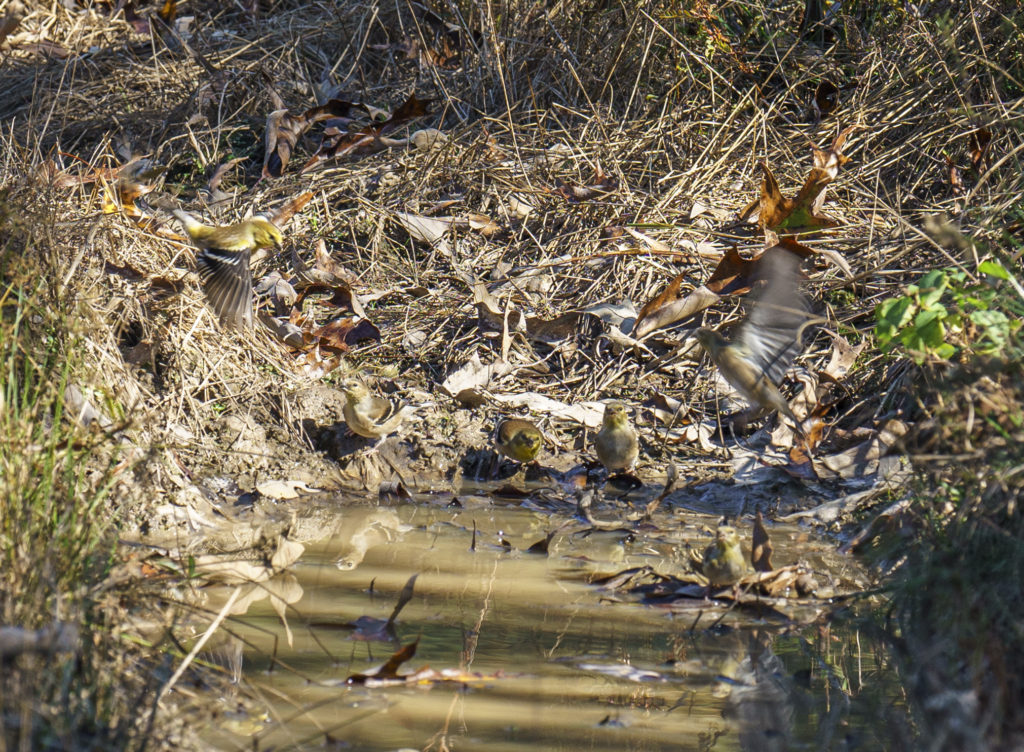
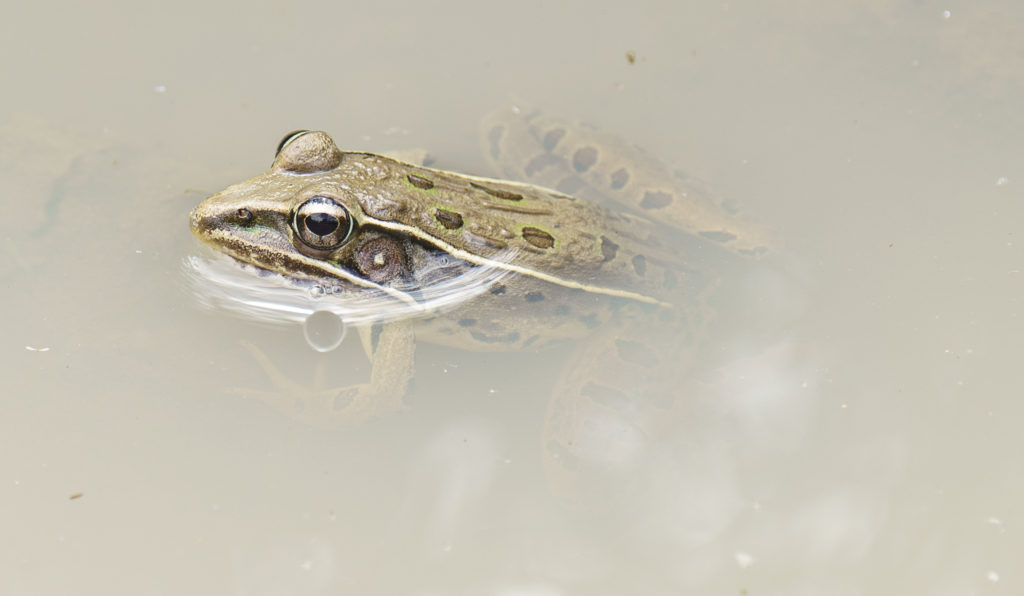
Shelter
At Vista Farm we pile up fallen branches and other debris about once or twice a year making brush piles in the meadows that are overtaken by vines and briars before eventually decaying.
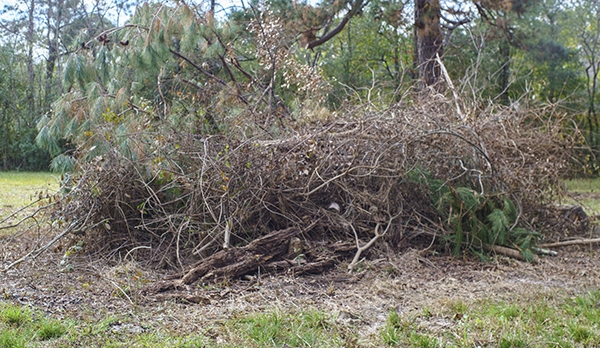
The two dead pines which were struck by lightning years ago provide insects for the woodpeckers who hollow out the trunks where birds, squirrels and other small wildlife, not to mention pollinators, build their nests.
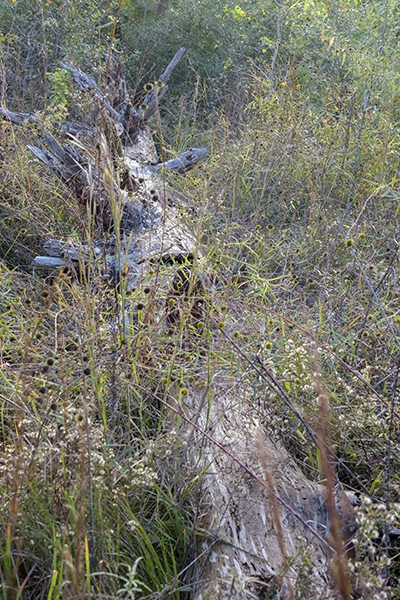
Along the property lines and in several other locations we have dense thickets of vines, briars, myrtle and yaupon (for their berries, too) where larger animals find hollow logs and a safe home. Our dogs have the run of the property, but neither of them can out run a rabbit or a squirrel heading for the nearest briar patch or tree. There is a spot for even the tiniest animal to call home. More than once we have picked up a round, brown gall fallen from an oak after the wasp had emerged, only to find a little spider had repurposed it.
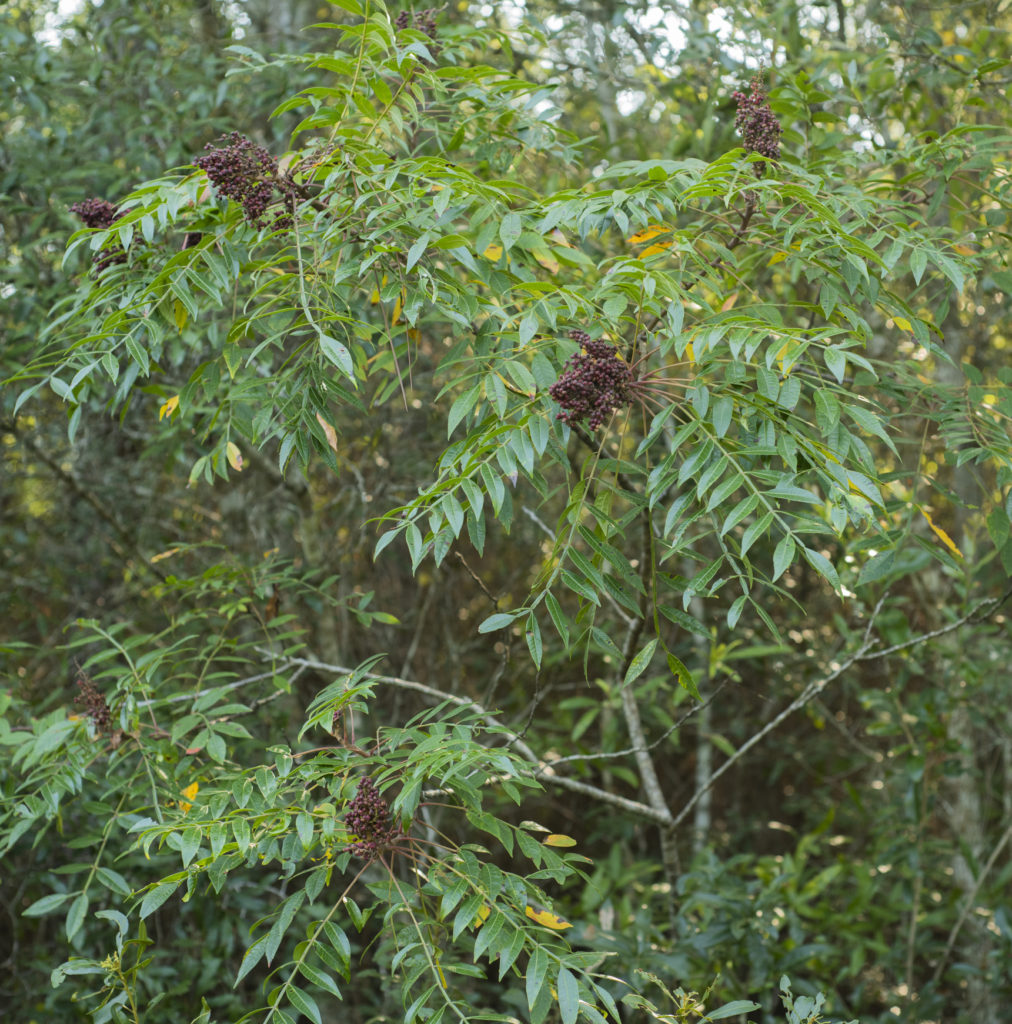
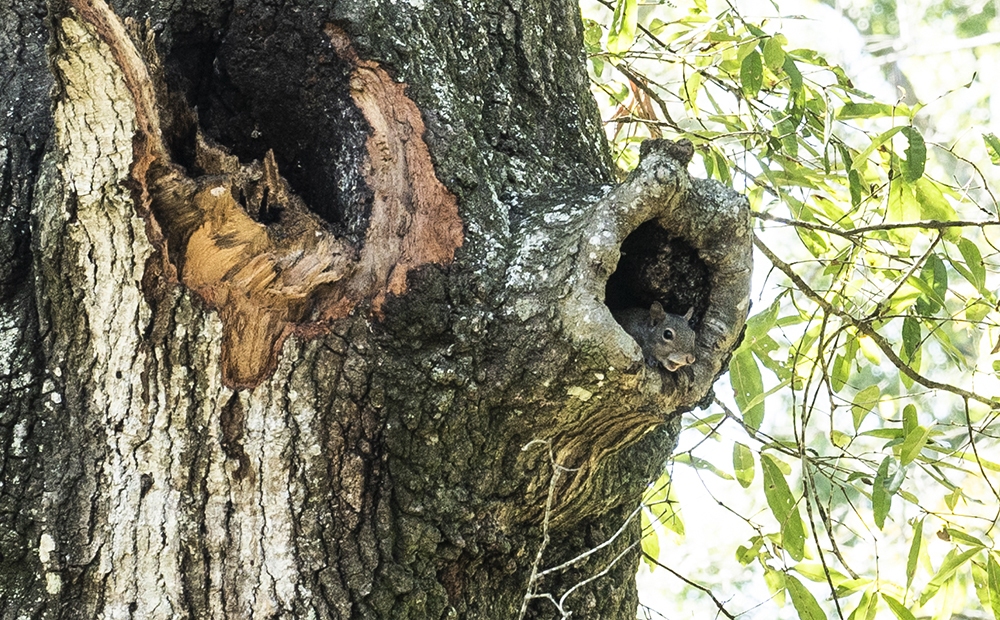
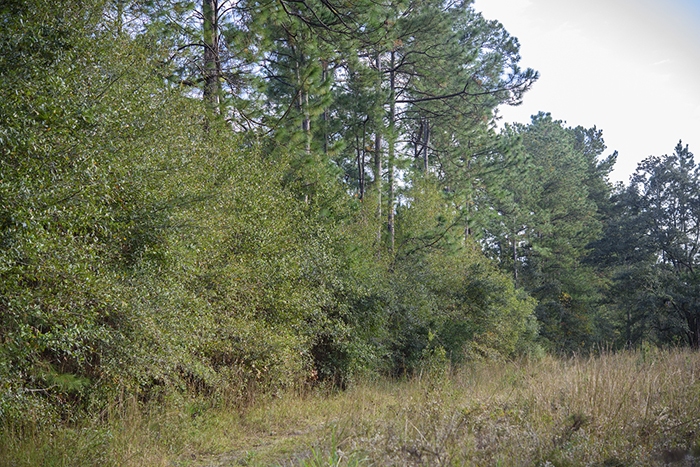
Create Your Own Habitat
Think about creating your own wildlife habitat. It doesn’t have to be an elaborate plan and doesn’t need to be expensive. The National Wildlife Federation has several requirements for a property to be certified. It must have at least three kinds of food for a variety of animals, a water source and at least two kinds of shelter.
In your garden or on a patio or terrace, set out plants that produce food for a variety of animals: nectar, seeds, nuts, fruits, berries, foliage, pollen are examples. A bird feeder and a hummingbird feeder can supplement these sources. Visit a nursery or home improvement store and choose perennial flowers, ornamental grasses, a fruit or nut tree, and something that produces berries like holly if you don’t want to collect native plants that may be invasive in your garden.
For your water source a bird bath is a start, but think about building a water feature in your garden. Take a large container that holds water, set in grassy plants that grow entirely underwater, some with leaves that float on the top like a lily pad, and a few with roots that grow in the mud at the edge but whose leaves grow in the air. Add a couple of minnows or shiners from the bait store for every two cubic square feet of water and, “Voila!,” you have a habitat wherein the fish will eat the algae and insect larvae, the plants will produce oxygen for the fish and cover underneath the lily pads. It won’t be long before you will have a habitat that a turtle and some frogs will find. If you plant the underwater grass in heavy clay, dirt won’t cloud the water.
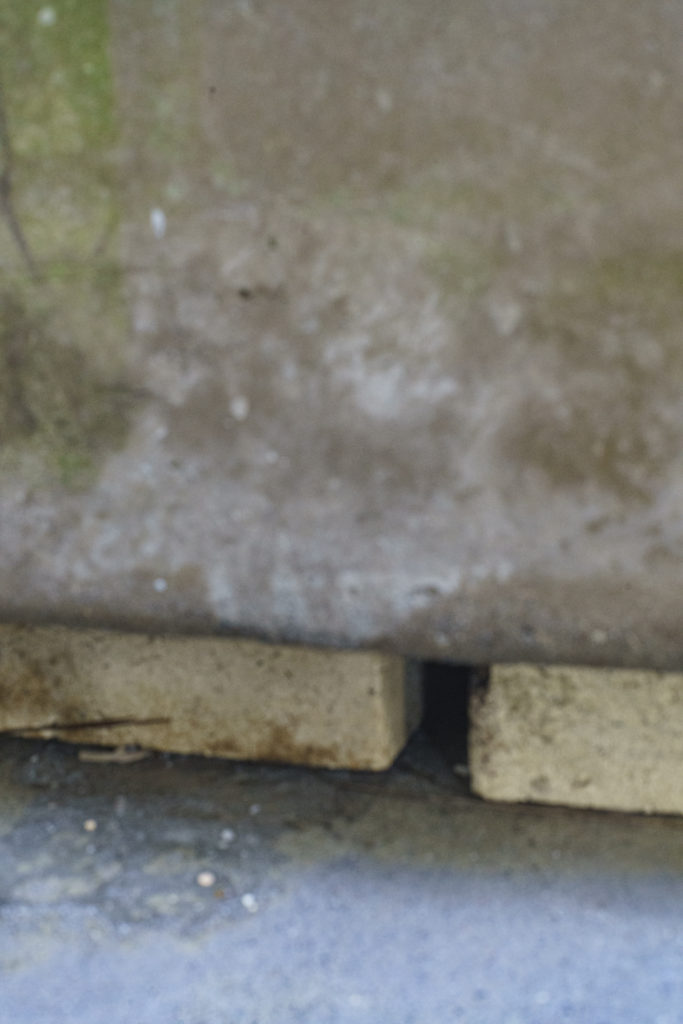
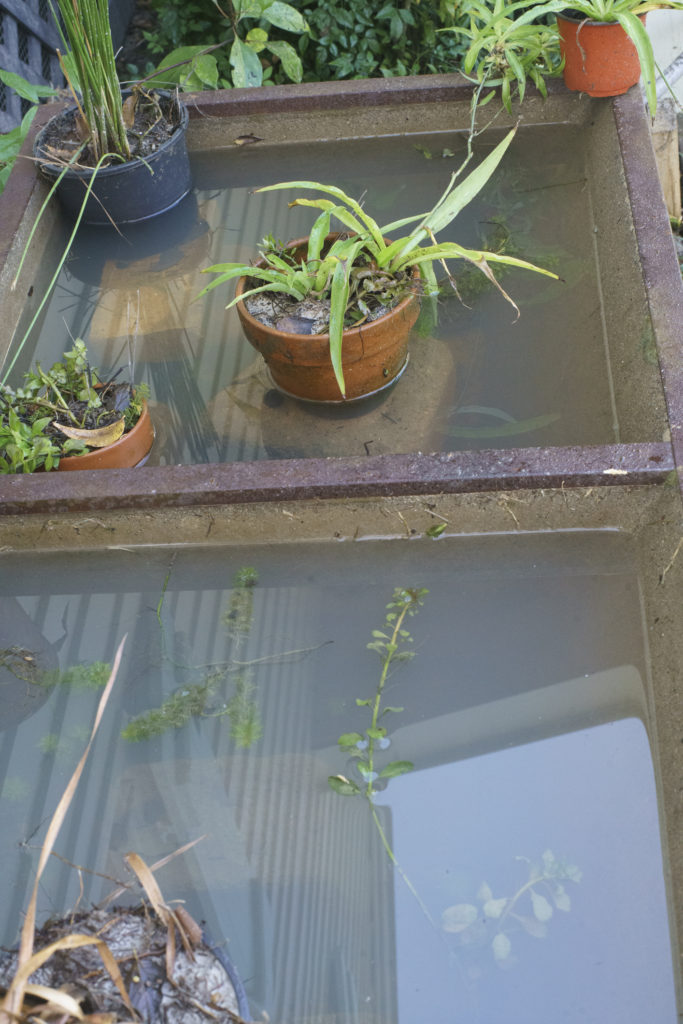
Your habitat will also need at least two types of shelter. Stack some bricks or stones near the water feature with spaces between them where frogs can hide, set up a few bird houses, plant bushy shrubs, leave a wooded area with some brambles, grow vines on your fence.
A little work and creativity will give the whole family a project to work on. What a great way to encourage a love of nature and science in children.

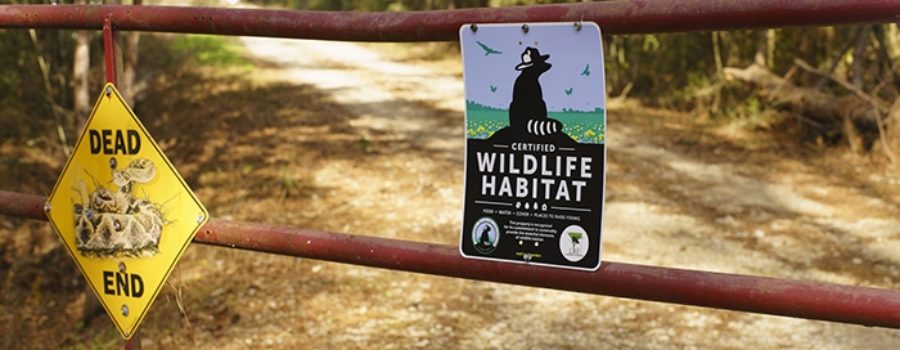
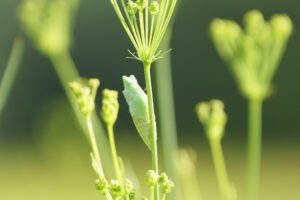
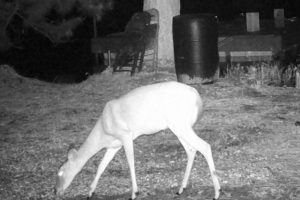
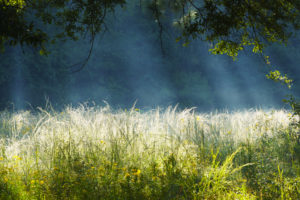
Recent Comments